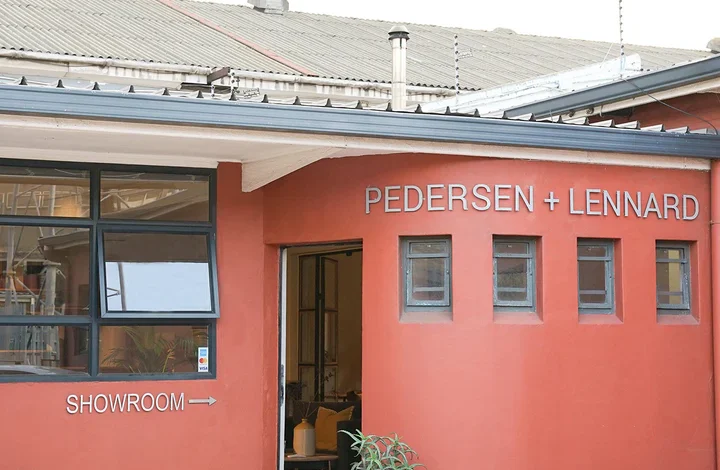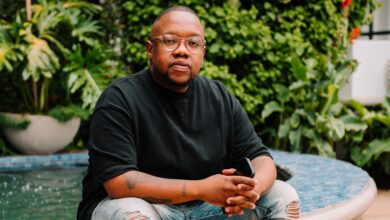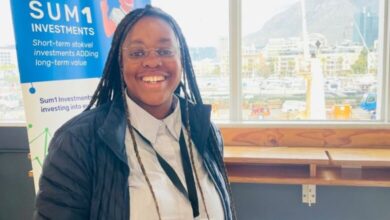Pedersen + Lennard Aims To Create Designer Furniture That Lasts A Lifetime

Pedersen + Lennard Aims To Create Designer Furniture That Lasts A Lifetime. Pedersen + Lennard began in a back room in Woodstock in 2008 — by industrial designers, Luke Pedersen and James Lennard. Brought together by their common love for simple lines, a timeless aesthetic, and the country they’re proud to call home. Over a decade later, considered design still informs everything they do. It’s evident in each piece of furniture they craft, and it’s embodied in the way they have built their business too.
Pedersen + Lennard designer furniture is sought after around the world, yet all made under one roof in Cape Town. Recognised both at home and abroad, the business has grown to meet a wide range of clients, spaces and sectors—including commercial projects, private homes, offices, restaurants and public outdoor spaces. Proudly rooted in South Africa, the company seeks to grow the local economy, broaden its reach to the rest of the world, and create a momentum of opportunities that others can share in.
Considered design informs every aspect of Pedersen + Lennard’s business; from its in-house creative design team to its production line, from its careful choice of materials, to its rigorous testing processes, right through to the small, hidden details that make its furniture as good to look at upside down as the right way up, and while the company seeks to create designer furniture that will last a lifetime. It also aims to better the lives of those who have a hand in making it, as well as those who choose to invest in it. That’s why the company takes the long view when it comes to quality service, timeless design, and long-term staff development.
Pedersen + Lennard tries to do its utmost to leave a lighter footprint. Every material it uses is locally and sustainably sourced from a network of suppliers it can rely on. The company uses non-toxic sealants and timber that’s FSC-approved. In an effort to reduce any excess waste, many of its designs have been inspired by using the “by-product” materials of other items — turning every part into something beautiful and functional.
The company has also learnt that good design demands good production. An ongoing investment in its own production and design team has allowed it more control over every aspect of the manufacturing process. This means more flexibility, shorter lead times and a closer attention to the quality of its work.




